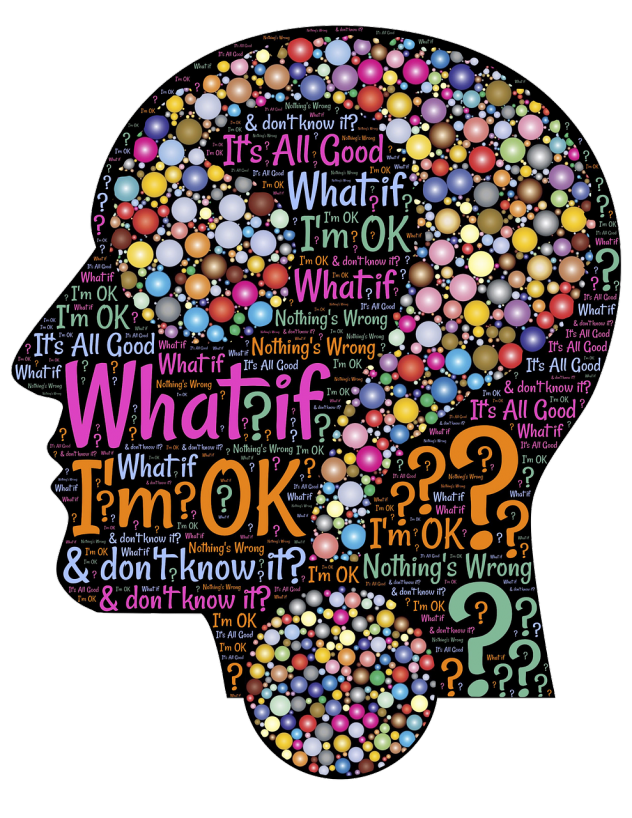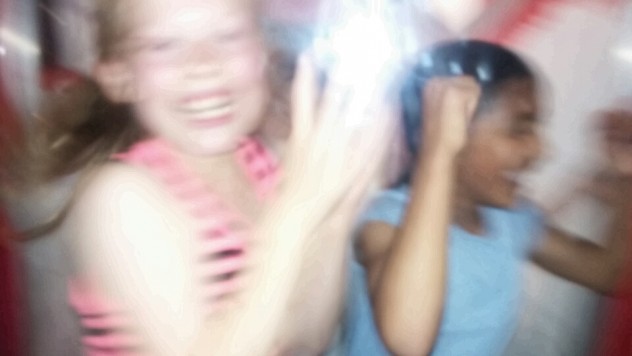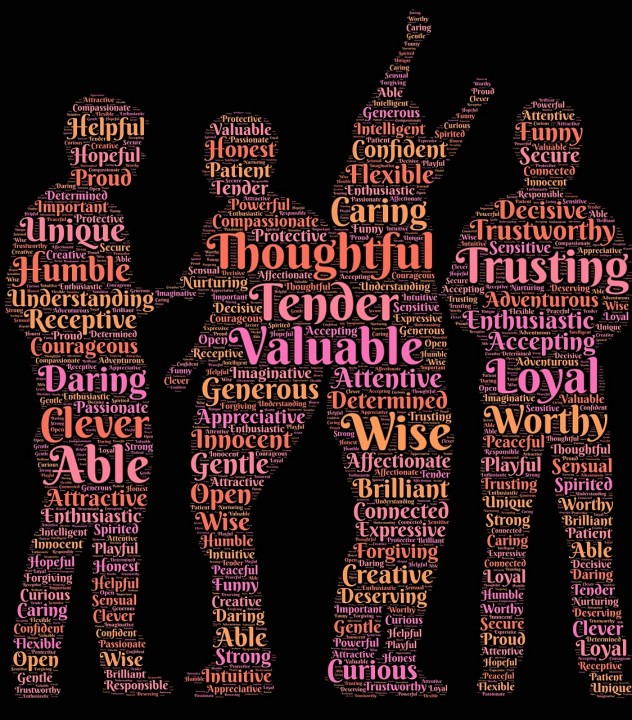[With Thanks! I was honoured to first publish this post on Robert Ward’s “Rewarding Education” Blog For Teachers And Parents. See it here.]
There’s a “new kid” on your block.
Tilt your head a little more to the left—just there. See? Tucked in among all of the faces you easily recognize is one that’s unfamiliar. He doesn’t look that different, really, but he’s definitely new. And he’s looking right at you.
Will you walk toward him or walk away?
Walk Toward
Let me introduce you to the “new kid” on our (educational) block. It’s an idea that you personally may not be familiar with, but it isn’t “new”—indeed, it’s been articulated in many dozens of books and well over a thousand articles. It’s been studied in universities around the galaxy for over thirty years. The educational concept is “Kinds of Understandings” and it will help you understand the unique features of your students’ emotional and imaginative lives.
If you care about making your teaching as meaningful and memorable as possible (who doesn’t?), “kinds of understanding” can help you achieve your goals.
Meet “Kinds of Understanding”
“Kinds of understanding” is the term Dr. Kieran Egan uses to describe the ways we differently make sense of and imaginatively engage with the world. Consider your students—or perhaps your own kids—as you read on.
Mythic Understanding
Have you ever noticed that our youngest students’ imaginations are alive with stories? They envision the world in ways that are ripe with dramatic images and fantasy, rhythmic with patterns, rippled with mystery and awe. Our youngest students make meaning of their experiences—of your curriculum—through the tools oral language provides. These include story, dramatic oppositions, rhyme/rhythm/pattern, engagement of the body, and a sense of mystery. (Find a summary of the tools of oral language here.) As a result of employing these tools, our youngest students predominantly have a MYTHIC kind of understanding of the world (Egan, 2005). Their worlds are shaped by the richness oral language offers them.
Romantic Understanding
Have you ever noticed that learning to read often coincides with a shift in the kinds of things that emotionally and imaginatively engage children? When children learn to read a whole new set of tools functionally “rewires” the brain—now, the stories that engage children tend to have dramatic extremes and limits within them, they have strong heroic and human dimensions, they evoke a sense of wonder. Our literate students are less likely to believe in the fantasy of, say, Santa Claus, because they are now fascinated with reality and its fantastic dimensions. Our literate students make emotional meaning of their experiences through the tools of literacy. These include story, extremes and limits of reality, heroic qualities, humanization of meaning, sense of wonder, revolt and idealism, and change of context. (Find a summary of the tools of literacy here.) Outside of your classroom—whether hanging out with friends, playing an online game or reading a favorite book—these “tools” are the features of the world reading students find most engaging. They have what Egan (2005) refers to as a ROMANTIC kind of understanding of the world.
Philosophic Understanding
Have you noticed that in late high school—or perhaps later, or earlier, depending on the learning opportunities they have—teens may begin to ask different kinds of questions about the world? Our older students may realize that a world of theory exists to explain the immediate experiences they have had and all of the events they have studied in school. When introduced to theoretical thinking, students who are encouraged to explore abstract ideas can begin to seek certainty and “Truth” in big ideas. The big ideas or theories that explain how society, government, culture, or nature work (or indeed these very concepts—society, culture, nature etc.) begin to contribute to their own identity. Theory now feeds an interest in gaining a sense of intellectual security and expressing personal agency. Here, tools of theoretical thinking shape a PHILOSOPHIC kind of understanding (Egan, 2005). (Tools of Philosophic understanding are currently being added to the Tools of Imagination Series—See #16 Take Them Out Of This World and #17 Employ A Meta-Narrative Structure)
This post goes deeper into how different tools impact our engagement as human beings.
Walk Away?
I get it—this might all seem odd. I did say this was a “new” kid on the block—all “new kids” feel different at first. But this kid is also familiar—you know when your students are engaged. Do you have a way of making that engagement stronger and more frequent? This kid has a lot to offer you in that regard. Conceiving of your students as possessing different “kinds of understandings” gives you a frame of reference for how to best engage them with any and all subject matter.
What other “kid” on our educational block takes the elusive goal of emotionally and imaginatively engaging all learners and translates that into practical teaching strategies?
Get To Know The “New” Kid
This post provides an overview of tools for enriching Mythic Understanding.
This post provides an overview of tools for enriching Romantic Understanding.
The Tools of Imagination series describes a whole set of tools you can employ to develop your students Mythic/Romantic/Philosophic Understandings.
Learn more about Imaginative Education here.
And lastly, learn why imagination matters for all learning.





